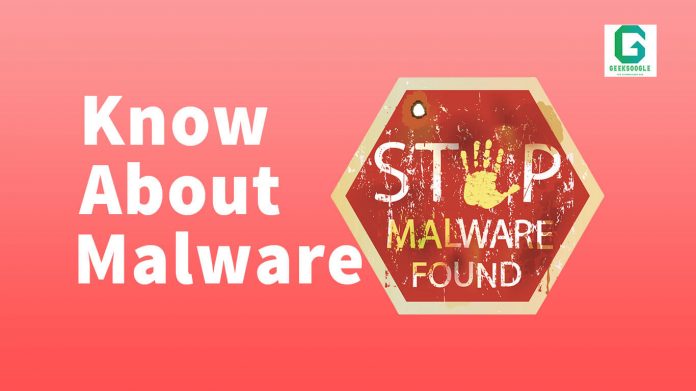Malware or malicious software is a kind of program or code which is intentionally develop to form damage or destroy a computer, server, or computer system. Like (by contrast, software that causes unthinking harm thanks to some lack is usually describe as a software bug). A much malware attack can take over a website, steal raw customer data, credit card information, or expand more. It’s not hard to believe that this might have a devastating effect on your company. Therefore the thought could also be overwhelming. However, you’ll familiarize yourself with basic sorts of malware, and produce solutions which will catch infections when it happens.
How Malware Works
Malware authors use a modification of physical and virtual midpoints to expand it more that spoils devices and networks. For instance, malicious programs are often transfer to a system with a USB (Universal Serial Bus) drive. It can increase over the web through drive or downloads. Which is automatically download wicke programs to systems without the user’s approval or permission.
The phishing attack is another common sort of malware transfer. Where emails mask as genuine messages but carry malicious links or attachments. Which will install malicious software executable to innocent users? Critical malicious attacks often feature the utilization of a command or system. That provides the warning to attach with the infected systems. Like exfiltrate valuable data and even remotely command the settled from device or server.
Developing efforts of malware insert new evasion and obfuscation techniques that mean to not only fool users but security leaders and anti- malicious software products also. a number of these avoidance methods believe simple tactics, like using web agents to cover malicious traffic or source IP addresses.
More complex warnings include polymorphic, which may frequently develop its underlying code to avoid disclosure from signature-based detection tools, anti-sandbox systems, which permit the malware to detect when it’s being parsed and delay execution until after it leaves the sandbox, and fileless malware, which remains only within the system’s RAM to avoid being discovered.















